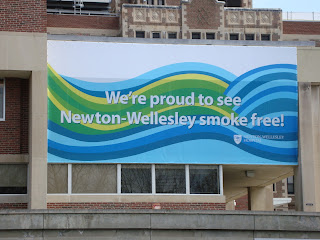The Pantone Color Matching System is our standard color reference. To ensure that we produce your image correctly, use and reference the Pantone Color Matching System #’s when specifying colors.
ICL Imaging recommends the North American Prepress 2 color setting that consists of an Adobe RGB (1998) icc color profile for all RGB images and the U.S. Web Coated (SWOP) v2 icc color profile for all CMYK elements.
Images should be converted to these icc color profiles and saved with embedded profiles.
Make sure that the color type is set to Spot Color and not Process Color.
NOTE: In order for you to achieve predictable color from your monitor to print, it is very important to have it properly calibrated.
It is also very important to establish the identical color settings for all applications used in the workflow.
Exact color matching of products can only be achieved by supplying samples of them to us. We routinely match to clothing, shoes, hand-bags and art work provided.
Our standard viewing for all reflective color is our 5000K view booth. For back-lit transparencies we use an industry standard light box with a cool white fluorescent light source.
All of our proofs are printed on the actual material using the output device that will produce your final graphics.
 |
| Exhibit by Bluehive |
Color effects beyond our control are the actual lighting conditions found in the final viewing environment. If you know what that light source is, let us know and we will do our best to factor it in to our color correcting.
In extreme cases we have actually gone on site with a ring around of color tests and made corrections in that environment. This can be costly however and is used only in certain situations.
NOTE: Different output printing devices and materials, such as vinyl, paper and fabric can produce the same image differently. Our experienced staff will work with you to pick the right combination of print media and machine to meet your large format printing expectations.
NOTE: Different output printing devices and materials, such as vinyl, paper and fabric can produce the same image differently. Our experienced staff will work with you to pick the right combination of print media and machine to meet your large format printing expectations.
Finally, we always welcome clients who would like to visit ICL Imaging and review color directly with our color technician. Please contact us for an appointment before hand. csr@icl-imaging.com
 |
| Large Format Printing & Solutions Since 1956 |



